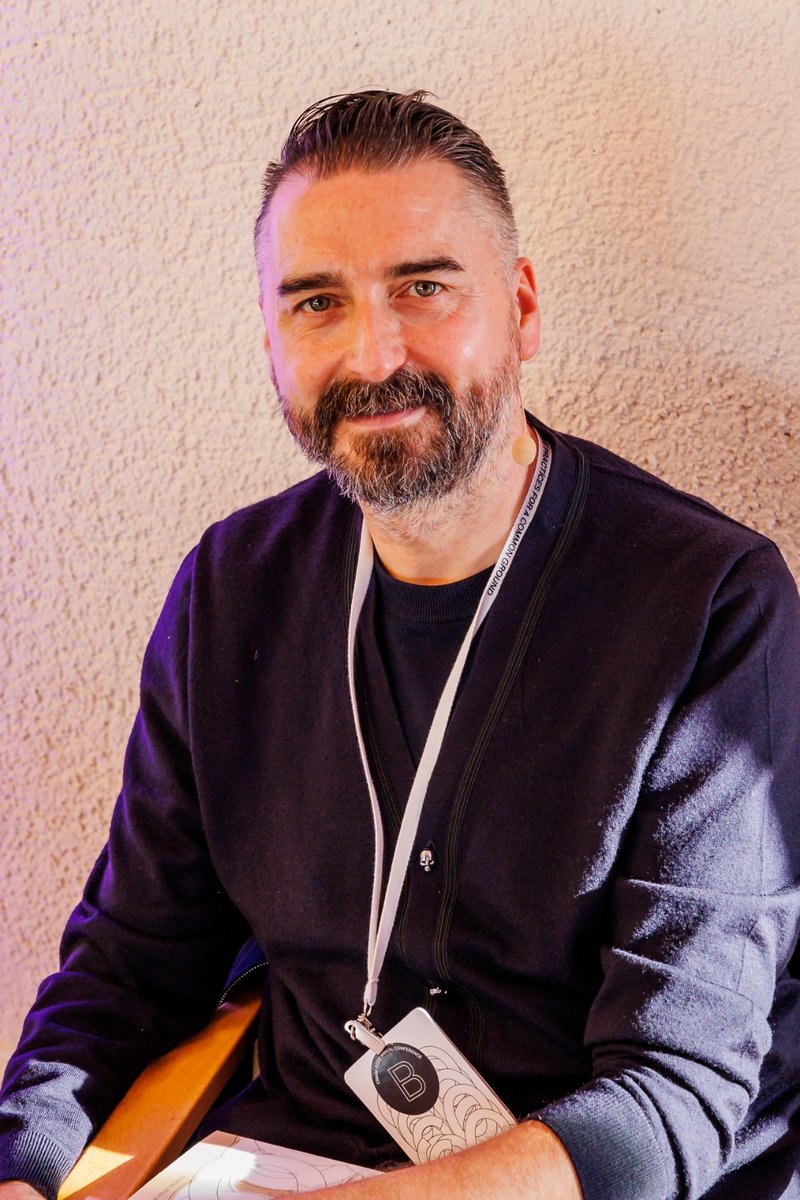"This year the main idea is to look from the South because, in these contexts, museums are cornerstones for education and its development"

Agustín Pérez Rubio is an outstanding professional in the world of contemporary art, with a considerable career linked to museum work and curatorship, both nationally and internationally.
Linked during an extensive stage of his career to MUSAC in León, he began in this institution first as chief curator (2003-2008) and then as director (2009-2013), after taking over from Rafael Doctor. Subsequently, from May 2014 to June 2018, he was artistic director of the Museo de Arte Latinoamericano de Buenos Aires (MALBA). In November 2019, moreover, he was appointed as one of the new members of the Board of the International Committee of Museums and Collections of Modern Art (CIMAM) -institution that, by the way, this November 2023 celebrates its Annual Conference, focused on thinking about the potentialities and horizons of the "co-creative museum"-. During that same year 2019, Agustín was curator of the Chile Pavilion at the 58th Venice Biennale, while he worked preparing the 11th Berlin Biennale (to be held in 2020), of which he was also curator. To all this must be added the intense research and curatorial activity he has been developing in recent years, since he settled in Madrid in 2021, with outstanding exhibitions, such as Martin Wong: Malicious Mischief, which would travel from the KW Institute for Contemporary Art in Berlin to the CA2M Museum in Móstoles.
The Valencian curator had recently been chosen to be the curator of the Spanish Pavilion of the next Venice Art Biennale (2024).
This is an excerpt from an interview with Agustín Pérez Rubio, Independent Curator, based in Madrid, Spain, CIMAM Board member, Former Director MUSAC, MALBA, Curator 11th Berlin Biennale, and forthcoming Curator of the biennial curator of the Spanish Pavilion of the next Venice Art Biennale (2024), conducted by journalist Manuel Padín Fernández for the Spanish art magazine EXIT MEDIA.
Agustín presents the theme of this year's CIMAM Annual Conference. The full interview, where Agustín discusses the situation of Spanish museums, the labor scenario of museum professionals, and the sustainability of the sector, can be accessed by clicking on the direct link to the interview on the EXIT MEDIA website.
Manuel Padín Fernández: Changing the subject -although not so much-I wanted to start with the theme of the 55th Annual Conference of CIMAM, which takes place next November 2023 in Buenos Aires, to ask you some questions. Entitled The Co-Creative Museum: Social Agency, Ethics, and Heritage, this event will focus, for the first time in CIMAM's history, on the social function of the art museum. This function is at the heart of museum practices in Latin America. Cultural institutions in this region have extensive experience in collaborating with artists to position the arts as a vehicle for the development of the imagination, the expansion of concepts and forms of education, the production of community and individual knowledge, and resistance to authoritarianism; in short, as a path of effective micropolitics toward concrete social transformation, community building, and the promotion of social justice. In this sense, what would you say a "co-creative museum" is or can be, as you put it? How can the contemporary museum reinforce mutuality between communities, is the social a new museum mandate?
Agustín Pérez Rubio: This year, as opposed to previous editions in which we addressed the climate issue and the contemporary dimension of conflicts -political, social, geopolitical- concerning museums, the main idea is to look from the South because, in these contexts, museums are cornerstones for education and its development. In this sense, we are asking: who does not come to the museum and why? What we are addressing in this congress, which is an urgent issue to address and of great relevance for any critical museum institution, is to look at the aspects of different ways of doing different museums: how and in what way do they work with communities to truly have a dialogue on a one-to-one basis? That is, adopting an approach that poses neither an imposing question nor an empty reaching out, but really paying attention to the following question: how to structure the institution and make the museum enrich itself from different protocols and measures of a social nature?
In addition, it is fundamental for us to consider that the museum is or should be a school, as Luis Camnitzer, whom we have invited to this 55th Conference, proposes. And finally, an idea that will be important to address is the idea of collecting, suggesting that perhaps we should not only collect objects but that the museum can also collect experiences. In this sense, we have as an example the Archivo de la Memoria Trans, Argentina. In this way, it is also time for the museum to embrace other types of archives, experiences, and issues that go beyond the purely objectual... Because what is artistic? The artistic is also the social; that type of experience and knowledge that goes through something aesthetic. I always think that we should stop collecting so objectively and collect more of the artistic part that is in public. And all this implies breaking with many schemes when thinking and materializing what collecting means (changing episteme). It may also involve difficulties at the legislative level, of course. We return again to the same question. All these limits have to be forced...
Read the full interview on the EXIT MEDIA website.